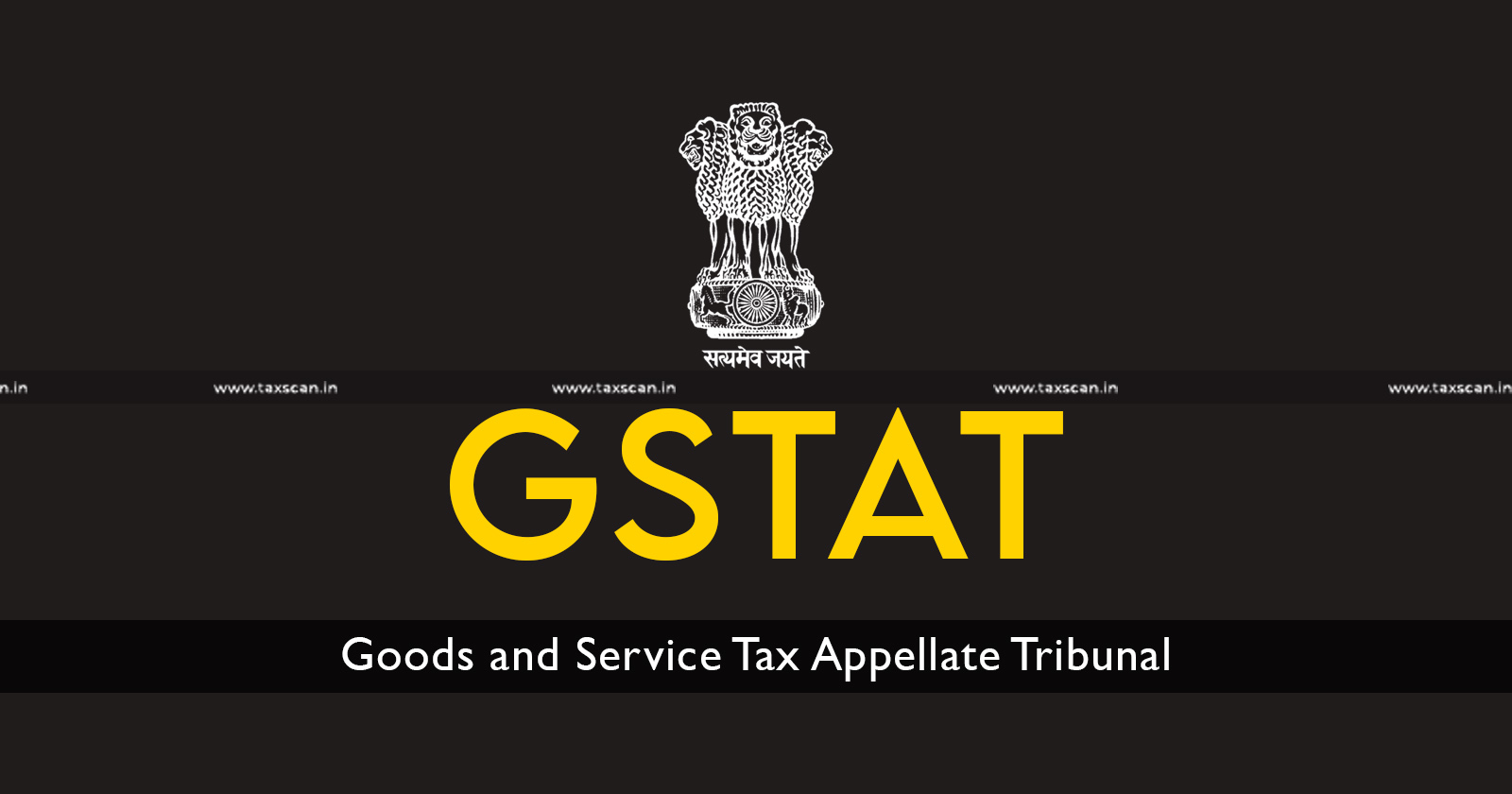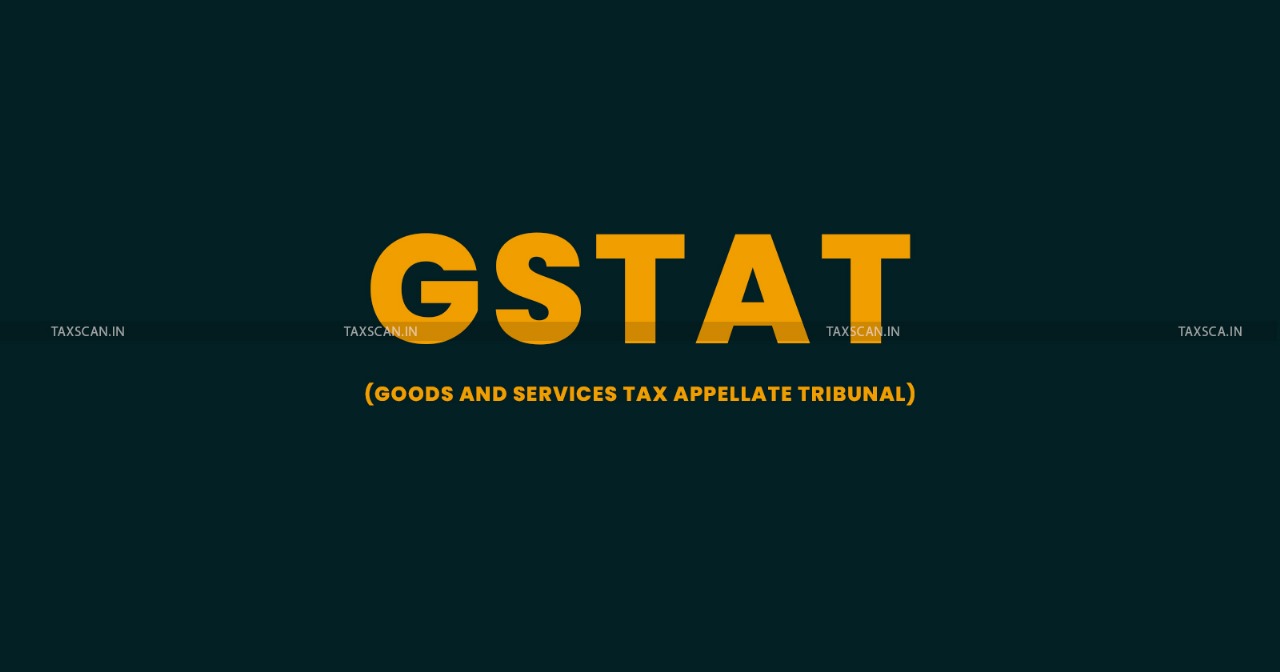Anti Profiteering under the GST Regime: How Product Prices should Vary Based on their Rate of Tax
India’s anti-profiteering framework stands apart by embedding consumer protection directly within the GST statute, rather than relegating it to competition or other price-control laws

When India brought to the Goods and Services Tax regime in 2017, policymakers were met with a critical challenge: the need of a mechanism to ensure that the promise of lower tax rates and expanded input credits would not simply allow companies to make more profit on each sale than it normally would.
Thus was born the anti-profiteering framework. The framework drew inspiration from earlier indirect tax regimes and global precedents where tax reforms sometimes triggered major price distortions.
GST READY RECKONER: Complete Topic wise Circulars, Instructions & Guidelines Click here
The intent of the anti-profiteering measures is to have in force a statutory obligation to pass on tax savings to consumers; the GST design seeks to protect end users and reinforce their confidence in the GST regime’s consumer-oriented benefits.
Statutory Provision: Section 171 of the CGST Act, 2017
At the heart of the anti-profiteering mandate lies Section 171 of the Central GST Act, 2017.
Subclause (1) under Section 171 makes it clear that any reduction in the rate of tax, or the benefit of input tax credit, must be passed into a commensurate reduction in the price charged to the recipient.
The provision empowers both the Central and State Governments to issue rules for its enforcement and also provides for the constitution of an adjudicatory body, namely, the National Anti-Profiteering Authority (NAA). Section 171 further clarifies that businesses hold no unilateral right to retain windfalls arising from lower GST rates or revised credit facilities. Instead, they bear a legal duty to realign their prices in line with their reduced fiscal burden.
Rule-Based Machinery under the CGST Rules, 2017
Chapter XV (Rules 122–137) of the CGST Rules, 2017 lays down a detailed, multi-tiered process to enforce Section 171’s anti-profiteering mandate.
Rule 122 entrusts the Central Government with constituting a National Anti-Profiteering Authority (NAA), and Rule 123 prescribes its composition: consisting of a Chairperson holding or having held Secretary-level rank, supported by four Technical Members of Commissioner-level rank, with the Additional Director General of Safeguards serving as the Secretary of the National Anti-Profiteering Authority.
At the state level, Rule 130 requires each State Government to set up a Screening Committee comprising a State tax officer and a Central tax officer who are dutied to conduct an initial perusal of consumer complaints, forwarding only those with prima facie merit to the Standing Committee under Rule 131.
Once the Standing Committee refers a case, the Directorate General of Safeguards (formerly Director General of Anti-Profiteering) undertakes a full investigation under Rule 125 which includes the issuance of notices, collection of evidence, and examination of confidential submissions. The Directorate General of Safeguards must complete its fact-finding process and furnish a report to the NAA within ninety days, which is further extendable by another ninety days for stated reasons.
Upon receipt of the report, the NAA must consider and grant requests of personal hearing as mandated by Rule 133, and then proceed to issue its final order, specifying the amount of price reduction, refunds with eighteen percent interest, penalties, and any deposit into the Consumer Welfare Fund, all within the statutory timeline prescribed by Rule 136.
The anti-profiteering measures guarantee that due notice is issued to the concerned supplier and that opportunity of personal hearing is meted out as well before any order is passed.
Clear all Your Doubts on RCM, TCS, GTA, OIDAR, SEZ, ISD Etc... Click Here
Input Tax Credit versus Rate Reduction Mechanism
Under the GST regime, businesses enjoy two primary methods to offset their costs: the ability to claim input tax credit on eligible purchases and the benefit of reduced statutory rates when slabs are revised.
Both methods carry with them an obligation under Section 171 to pass savings downstream to the end consumers.
In late 2017, when the GST Council cut restaurant service rates from eighteen to five percent, the NAA swiftly intervened, directing major chains to adjust menu prices so that nearly two-thirds of the tax-savings reached patrons.
Similarly, when the deadline for claiming pre-GST tax credits was extended, manufacturers lowered their prices to pass on those extra credits immediately.
These examples are proof that the consumer-focused promise of passing down the benefits can only be met through consistent and prompt price realignments can the regime fulfill its
Methodology for Determining Commensurate Price Reduction
Figuring out exactly how much a business must cut its price when taxes drop isn’t a matter of crunching numbers on the basis of a fixed formula.
All-in-One Manual with Updated GST Laws & Provisions, Click here
Instead, authorities look at the company’s actual records before and after the tax change. They check invoices, audited cost sheets, and compare sales data from the period just before the rate cut to the period just after.
The Delhi High Court in Reckitt Benckiser India (P.) Ltd. v. Union of India (2024), agreed that the National Anti-Profiteering Authority (NAA) can use a “case-by-case” approach to determine commensurate price reduction, as long as it is based on solid proof.
In practice, this means businesses need to keep clear, detailed logs of the taxes they paid, the credits they claimed, and their selling prices so that any required changes towards the prices can be measured and justified.
Enforcement and Consumer Redress Framework
Essentially, anti-profiteering enforcement gives consumers a way to get relief if they suspect they didn’t get their fair share of a tax cut.
- A consumer who believes they did not receive the benefit of a GST rate cut files a petition with their local State Screening Committee.
- The State Screening Committee reviews the petition and, if it finds prima facie merit, forwards the case to the Directorate General of Safeguards (DG Safeguards).
- The DG Safeguards conducts a detailed investigation by issuing notices to the supplier, collecting evidence, and hearing the supplier’s submissions.
- Upon completing its inquiry, the DG Safeguards submits a report to the National Anti-Profiteering Authority (NAA).
- The NAA issues an order under Section 171(1) of the CGST Act specifying the total amount of unlawful profiteering collected by the supplier; a direction to refund that amount to affected consumers along with interest; levy of any penalty (up to ₹2 lakh) to be imposed on the supplier.
Part of any penalties collected is deposited into the Central Consumer Welfare Fund, ensuring that enforcement also supports broader consumer protection efforts.
Judicial Perspectives and the Incoming GST Appellate Tribunal Era
India’s anti-profiteering framework stands apart by embedding consumer protection directly within the GST statute, rather than relegating it to competition or other price-control laws.
The approach received judicial affirmation in the Delhi High Court’s Reckitt Benckiser ruling, which upheld the NAA’s transparent, technically rigorous fact-finding methods.
Step by Step Handbook for Filing GST Appeals, Click Here
Looking ahead, two transformative shifts will test and potentially strengthen the regime. First, appellate jurisdiction over anti-profiteering orders will migrate from the NAA to the newly constituted GST Appellate Tribunal (GSTAT) that is yet to be fully functional. The GSTAT would offer businesses a specialist forum that is staffed by members well versed in the GST regime, while also providing them an arena to challenge NAA directives and refine methodologies for calculating “commensurate” price reductions.
Second, under Rule 137 of the CGST Rules, the anti-profiteering machinery itself is slated to sunset six months after the GSTAT becomes fully operational, making it imperative to transfer pending cases and institutional memory seamlessly to avoid enforcement gaps.
As India enters the GSTAT era, it is imperative that clear guidelines and practical compliance measures are enforced to preserve consumer-first spirit encapsulated within Section 171.
As the GSTAT preps for full-fledged functioning, reasoned and uniform judicial precedents will be key to preserving Section 171’s consumer-first spirit and ensuring every rupee of tax relief translates into genuine price cuts and tangible benefits to consumers while providing businesses the certainty of a transparent, well-defined framework.
Support our journalism by subscribing to Taxscan premium. Follow us on Telegram for quick updates






